Geographic confusion runs deep in the American psyche, especially when it comes to identifying which countries belong to which continent. Studies suggest that many Americans have limited knowledge about European geography and the European Union. Let me take you through seven countries that frequently trigger this geographic misconception.
Turkey: The Bridge That Confuses Everyone

Turkey is officially, politically and geographically considered part of both Asia and Europe, with the small northwestern portion called Thrace recognized as part of Europe, while the largest part (Anatolia) is located in the Middle East, a part of Asia. Despite this transcontinental reality, many Americans assume Turkey is entirely European due to its historical ties to European politics and culture. Turkey is often referred to as a bridge between the Middle East and Europe, both because it straddles the continents of Europe and Asia, and because its historical experience is intertwined both with that of European states and with that of the Middle East. The confusion deepens when you consider Istanbul’s location spanning both continents, making Turkey feel more European than it geographically is.
Israel: The Mediterranean Misconception
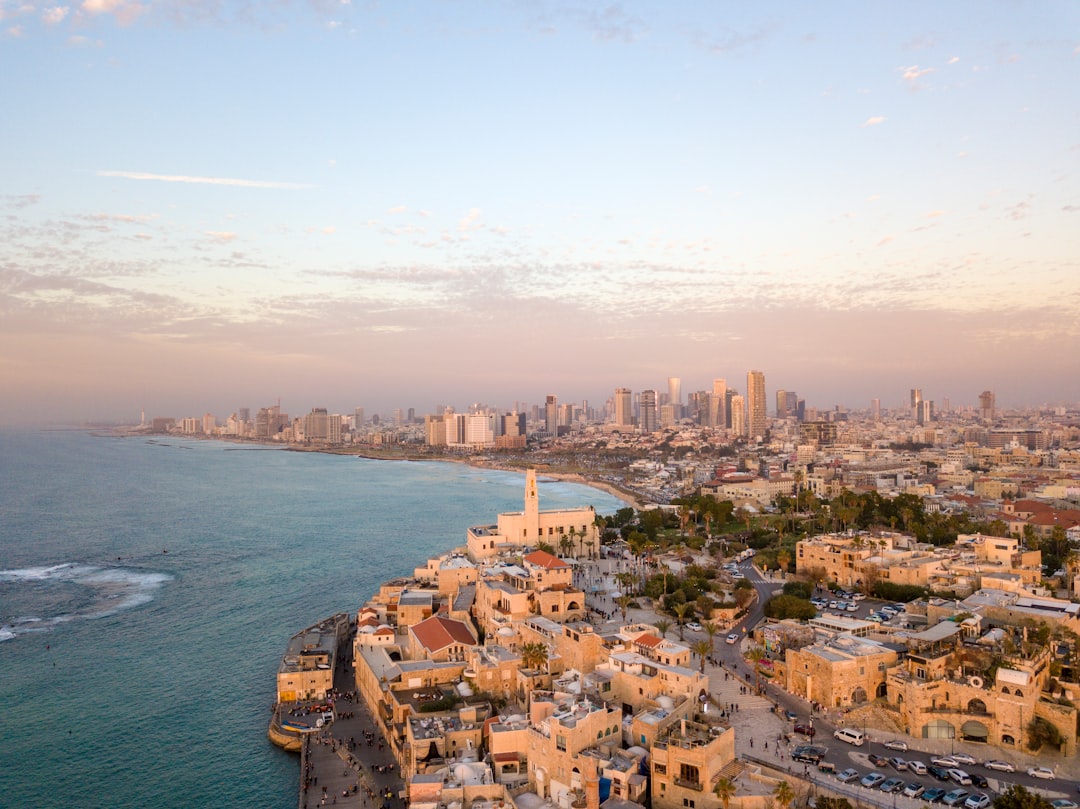
Israel rests opposite from Greece and Italy in Europe along the Mediterranean Sea, and while Turkey and Cyprus literally connect Europe to Asia, they oscillate between being called European and Middle Eastern. This Mediterranean positioning creates a powerful visual association with European geography in American minds. Countries within West Asia include Afghanistan, Bahrain, Iran, Iraq, Israel, Jordan, Kuwait, Lebanon, Oman, Qatar, Saudi Arabia, Syria, Turkey, the United Arab Emirates, and Yemen. The fact that Israel shares the Mediterranean with clearly European nations like Greece, Italy, and Spain creates an understandable but incorrect geographic assumption.
Lebanon: Lost in the Middle

Lebanon suffers from the same Mediterranean misplacement that affects Israel. The western border of the Middle East is defined by the Mediterranean Sea, where Israel, Lebanon, and Syria rest opposite from Greece and Italy in Europe. Americans often group Mediterranean countries together mentally, forgetting that the sea touches three different continents. Lebanon’s historic ties to France through colonialism and its significant Christian population further reinforce European associations in American thinking. The country’s Beirut was once called the “Paris of the Middle East,” which ironically highlights its actual Asian location while emphasizing its perceived European character.
Armenia: The Christian Connection
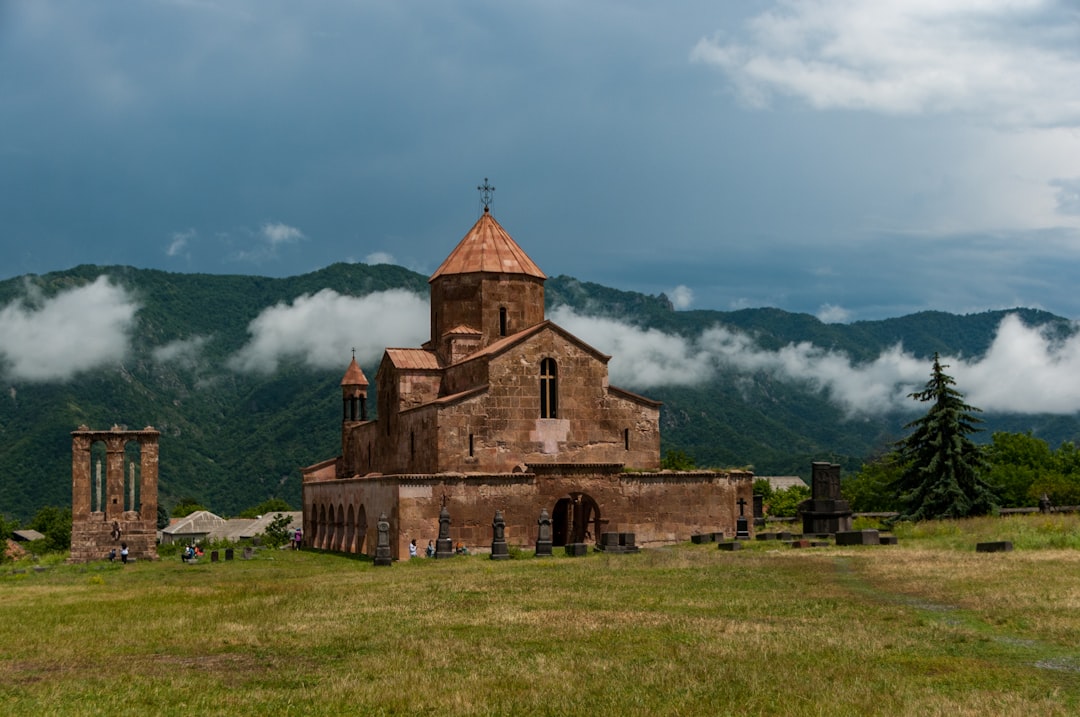
Armenia, Azerbaijan, and Georgia are sometimes referred to as Asian and other times as European. This ambiguity creates perfect conditions for American confusion. Armenia, Azerbaijan, and Georgia, all located just northeast of Turkey, are at times associated with the Middle East, Europe, Asia, or as their own separate region. Armenia’s Christian heritage and alphabet that looks distinctly different from Arabic scripts leads many Americans to assume it must be European. The country’s historical connections to Russia and its location in the Caucasus region blur continental boundaries in ways that challenge simple categorization.
Georgia: More Than Just a State
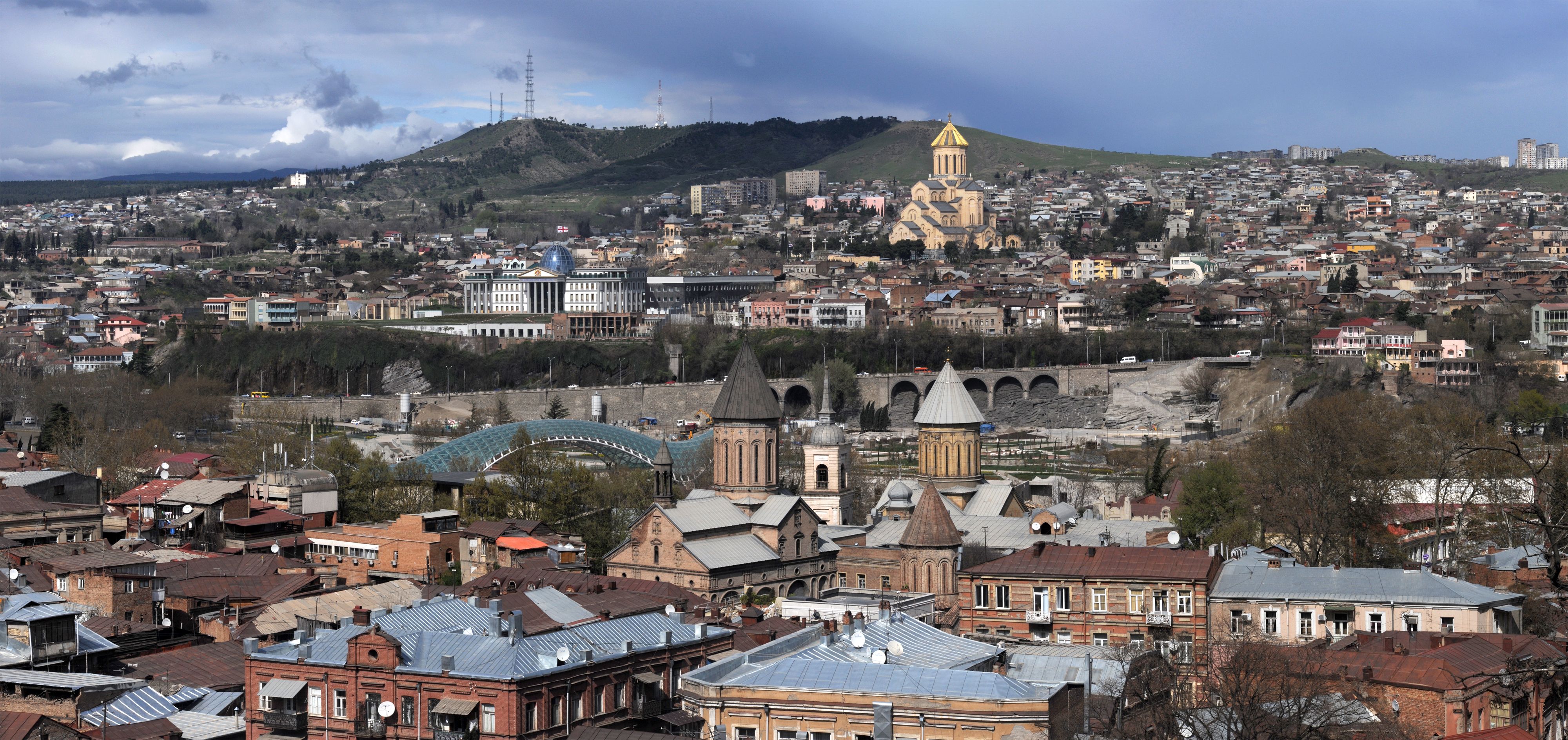
The country Georgia faces double confusion in American minds. First, there’s the obvious name confusion with the U.S. state of Georgia. According to one particular definition, Georgia is a transcontinental country with some of its northern portions geographically located in Eastern Europe, north of the Greater Caucasus Watershed, whereas the country’s south is arguably in Asia. This transcontinental status makes Georgia genuinely difficult to categorize, but most geographic authorities place it in Asia. The wine culture, Orthodox Christianity, and unique alphabet contribute to American assumptions about its European identity.
Kazakhstan: The Confusion of Size
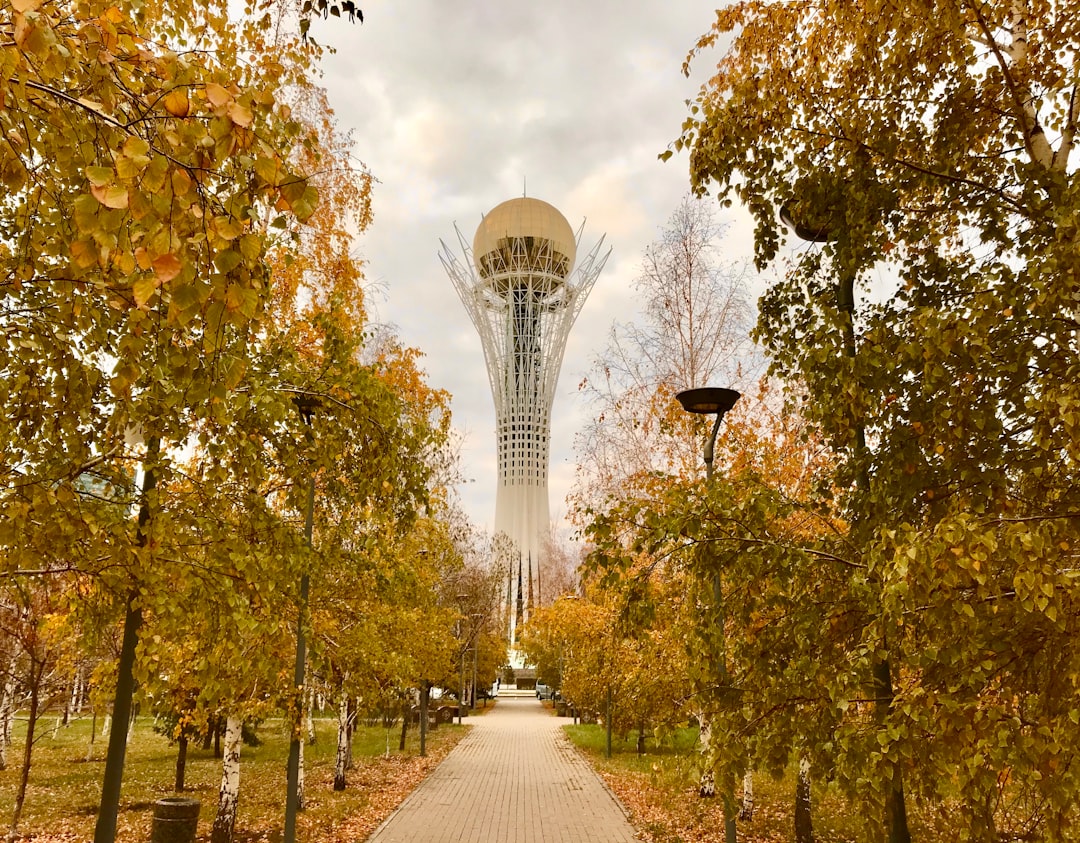
Kazakhstan presents a fascinating case of geographic misconception. A small portion of Kazakhstan’s population lives in Europe, though the culture even there remains Central Asian, with a small piece of its land lying on the west side of the Ural River, forming a boundary with Europe. The sheer size of Kazakhstan on maps makes it appear more significant to European geography than it actually is. Most geographers today place the dividing line between Europe and Asia down the eastern edge of the Ural Mountains in Russia, then along the Emba River in Kazakhstan to the shore of the Caspian Sea, though some map makers move it to follow the border of Kazakhstan and Russia rather than the Emba River. Americans often mistake this massive country as European due to its Soviet history and its position on world maps.
Azerbaijan: The Oil-Rich Enigma
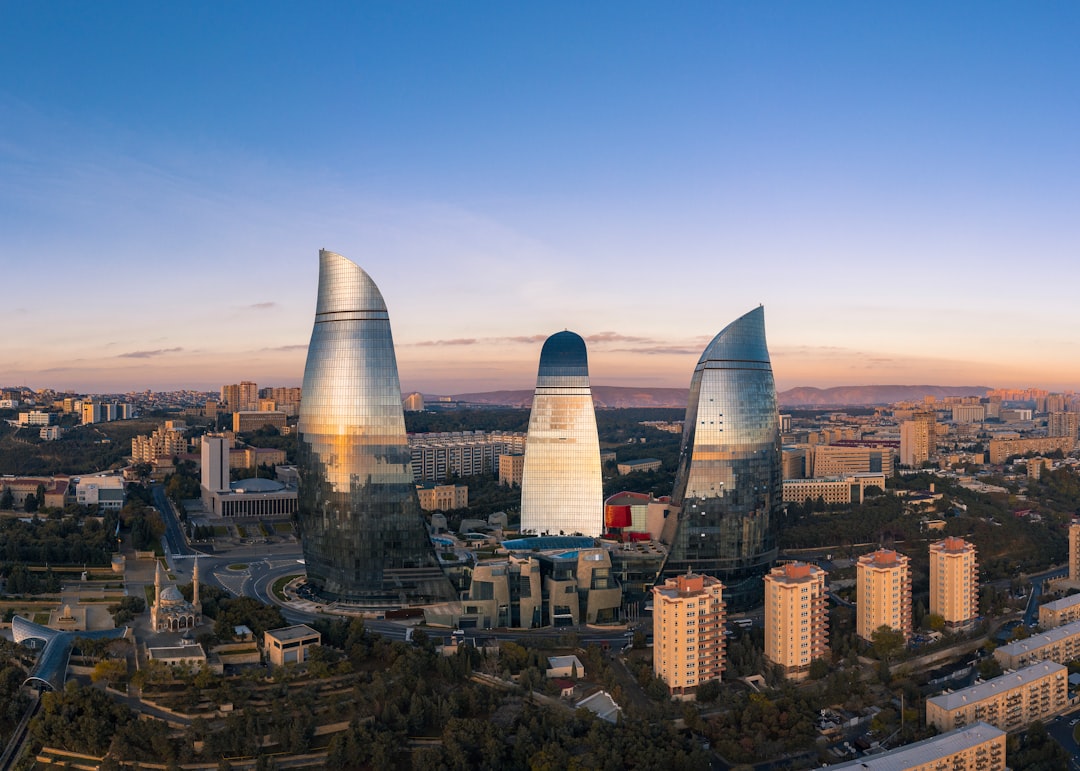
Azerbaijan, a Central Asian country, has a border that extends somewhat into Europe, so about five percent of its population lives in Europe. Like its Caucasus neighbors, Azerbaijan straddles the traditional Europe-Asia boundary. Historically, Armenia and Azerbaijan have been long associated with the Middle East, but in recent years, some sources now consider them to be more closely aligned with Europe based on their modern economic and political trends. The Eurovision Song Contest participation by Azerbaijan and its secular government structure reinforce European associations in American thinking, despite the country being predominantly in Asia.
These geographic misunderstandings reflect broader American challenges with world geography. The reality is that continental boundaries often blur, especially in regions like the Caucasus and Anatolia where Europe, Asia, and the Middle East intersect. What makes this particularly interesting is how cultural, religious, and political associations often override pure geographic facts in our mental mapping of the world.
